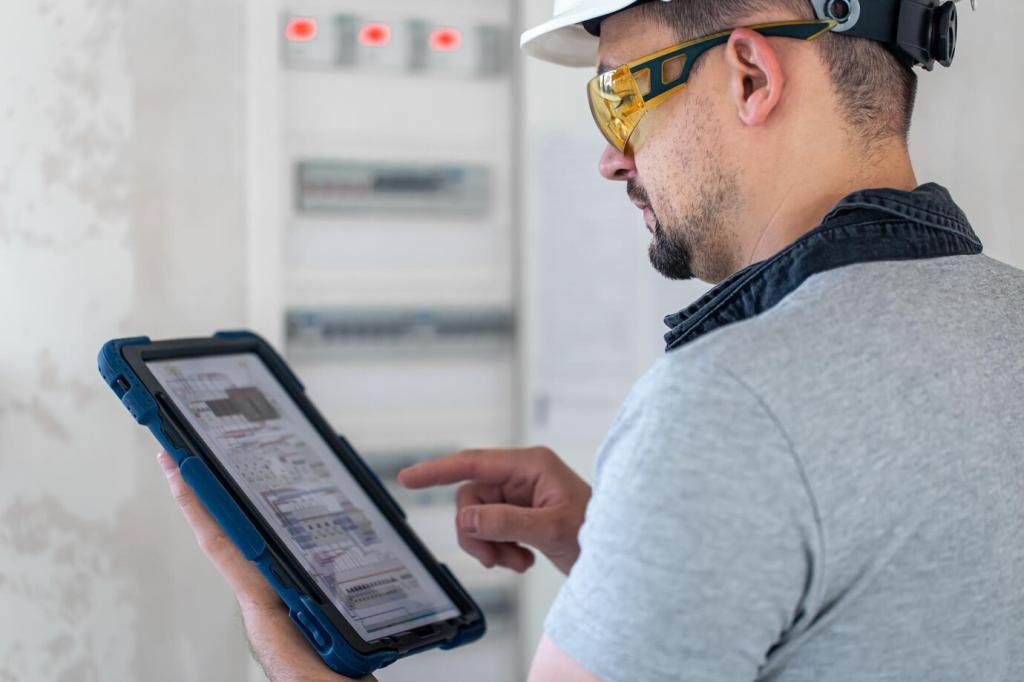Post-Install Verification and Documentation
Cycle the lock five times, verify full bolt extension, test relocker behavior safely, and confirm door gap consistency. Readers, post your personal checklist to help newcomers build confidence after installation.
Post-Install Verification and Documentation
Capture anchor locations, serial numbers, torque notes, and environment details. Organized documentation speeds warranty claims and professional support. What do you store in your installation folder for quick reference?




